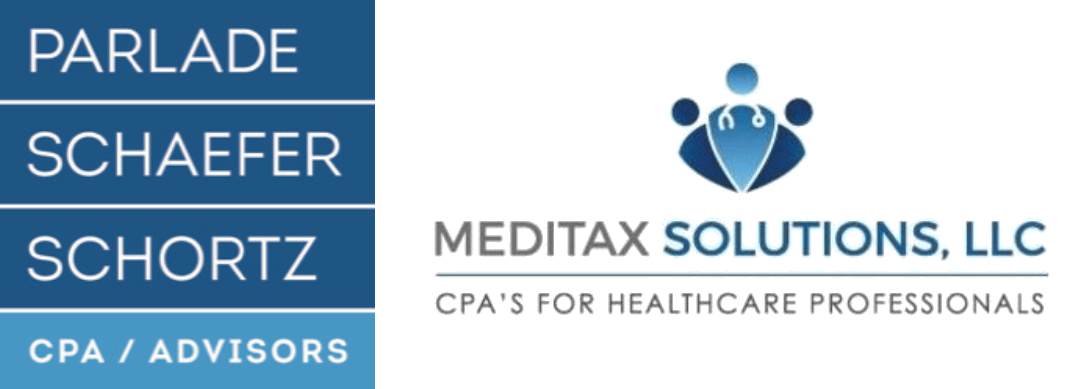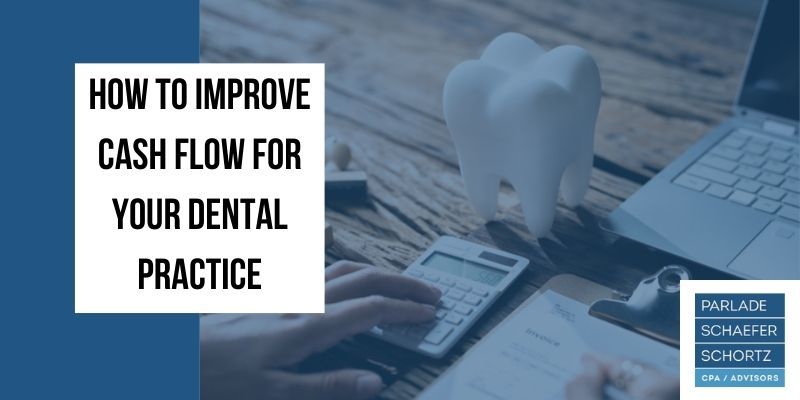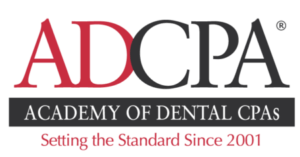3 Musts for Dental Practice Financial Management
Are your financial practices as top-notch as your dental practice? Here are three “musts” to make sure you are managing your finances effectively.
Make sure you are using the right chart of accounts. Your chart of accounts is the foundation of all your financial management. It is used to track how money flows in and out of the practice and as the basis for your periodic financial reports. Using a general chart of accounts can lead to issues down the line. There are certain accounts specific to dentists that need to be included, and omitting these will give an incomplete picture of the practice in the financial reports. Use a chart of accounts that meets dental industry standards.
Be sure to close the books at the end of each month. “Lock down” transactions to reconcile accounts and create financial statements at the end of the month. Make sure that no transactions can erroneously be posted to a previous month. At the least, this kind of error keeps your records from being as accurate as possible. The biggest issue, though, is that such errors lead to incorrect financial reports, which in turn negatively impact tax documents and other key items. Plus once such errors have been recognized, the cost of rectifying the entries and then recreating all the reports and documents that were affected can be high.
Think “cash flow,” not “profit.” Keeping tabs on the profit your practice is generating is a good financial practice. Sometimes, however, profit is equated with “available cash,” and this can lead to problems. Profit is the result of subtracting expenses from revenue for a designated time period. Cash flow, which examines the money moving into and out of the practice and takes accounts payable and other expenses into account, is the number to look at if you want to know what cash if available for additional purchases.
Your CPA is a valuable source of knowledge and support in navigating the financial management of your practice. Taking the time to consult with this financial advisor can save lots of time and money by making sure you are on the right track from the beginning.






